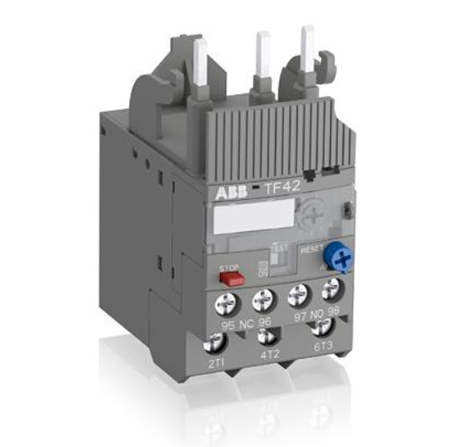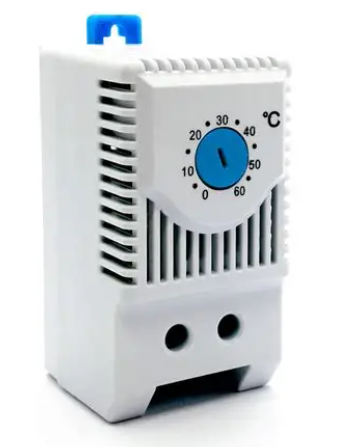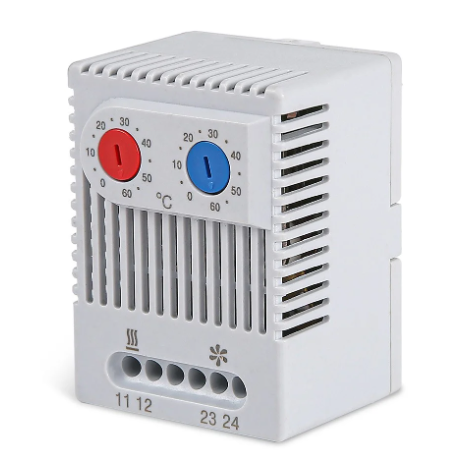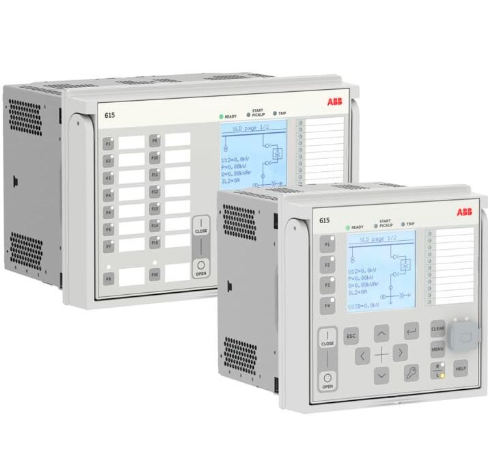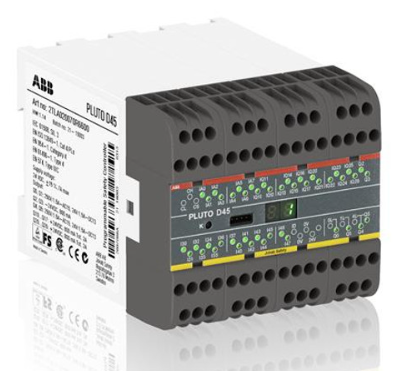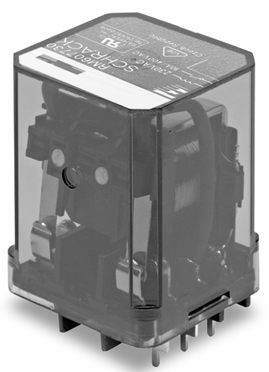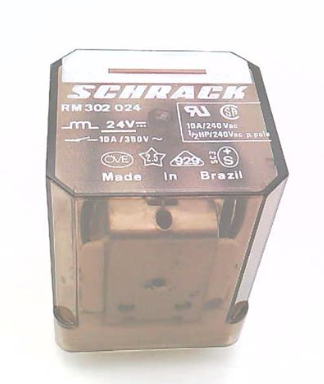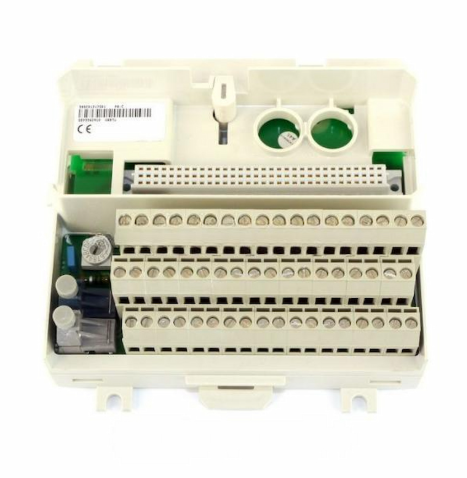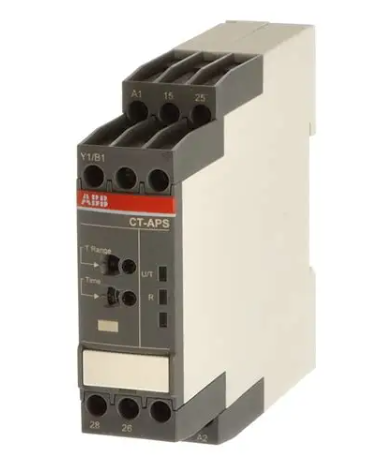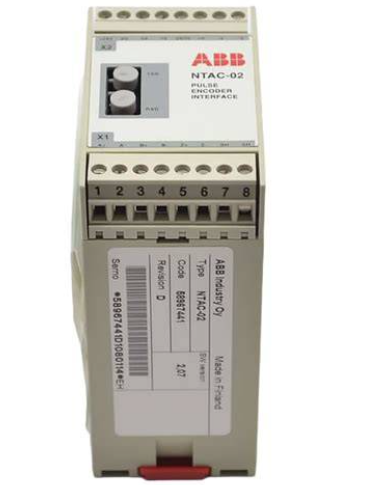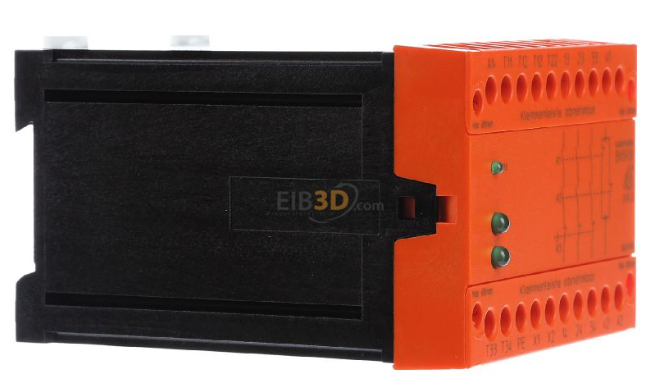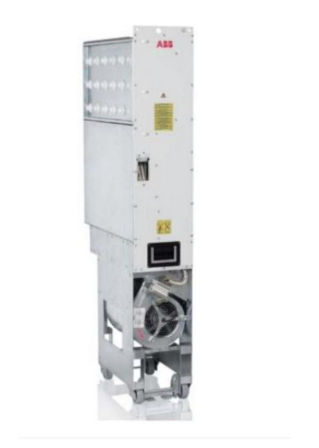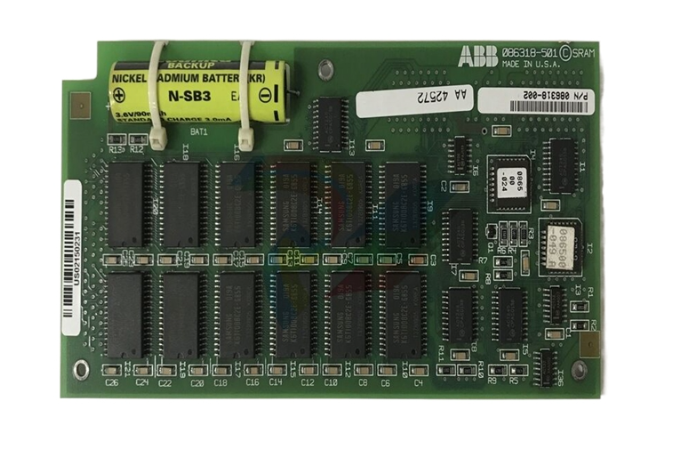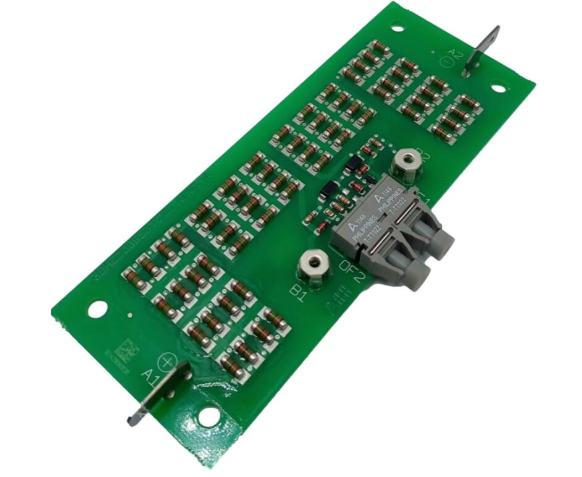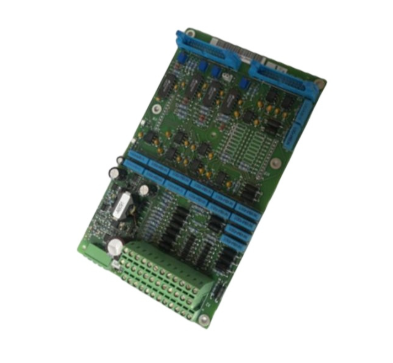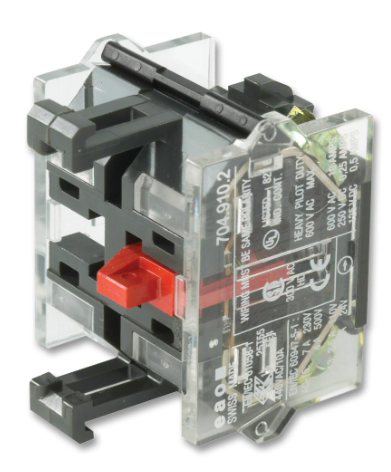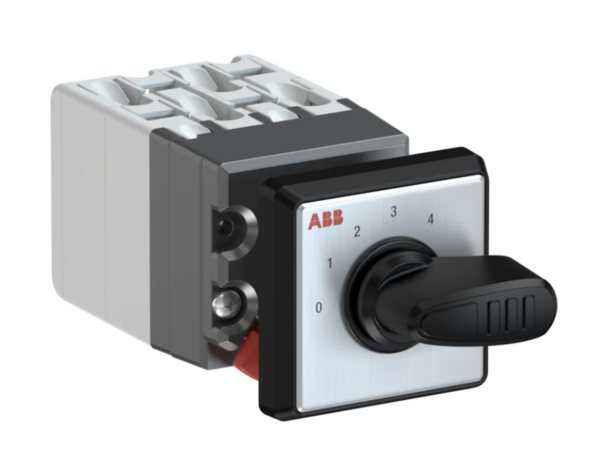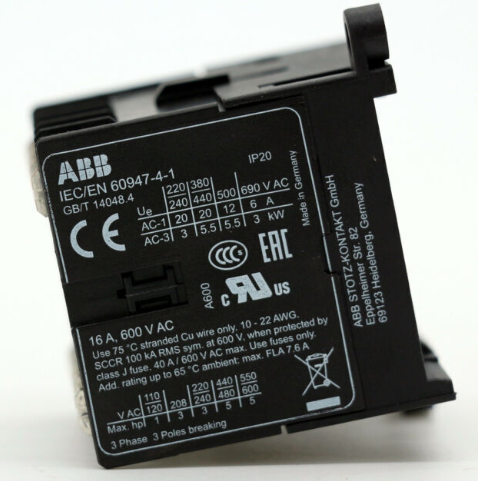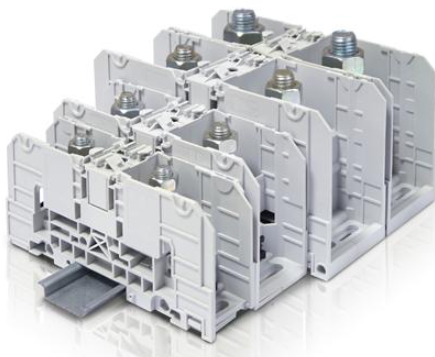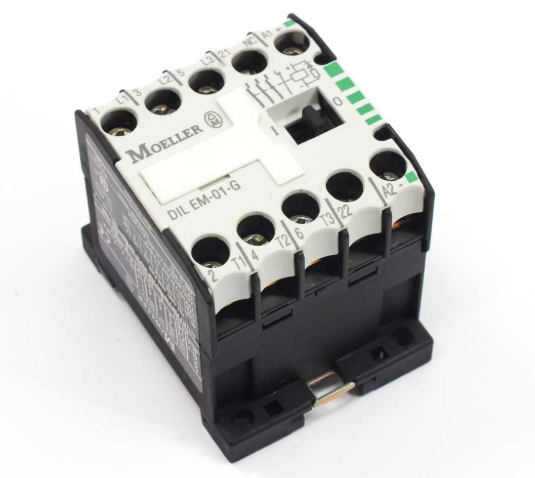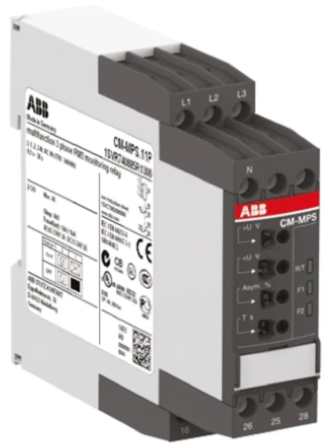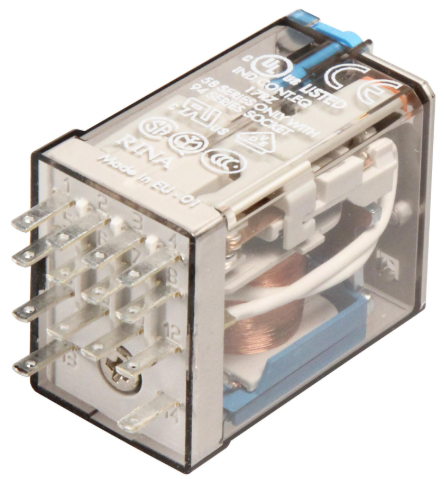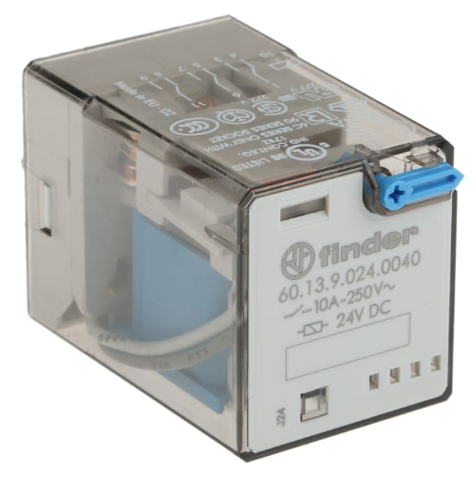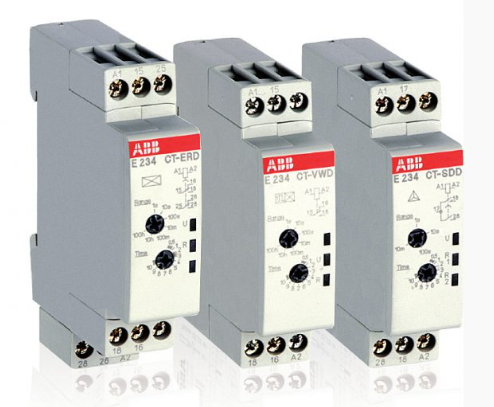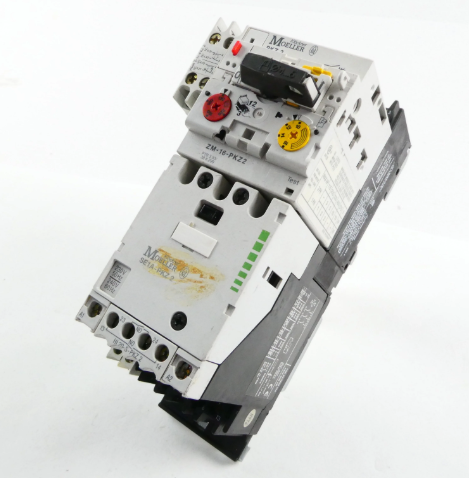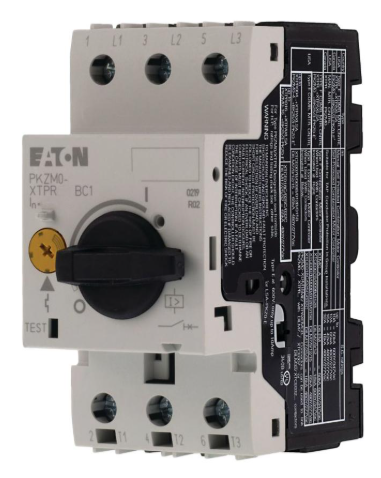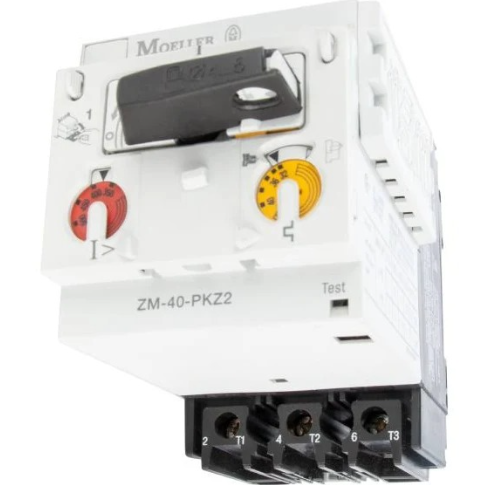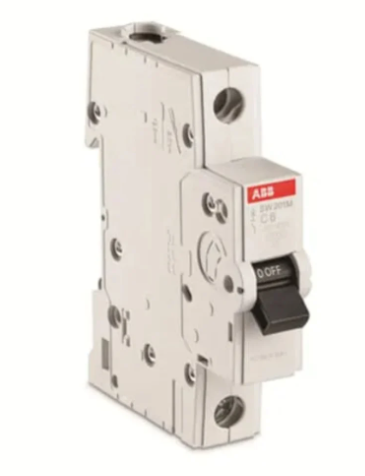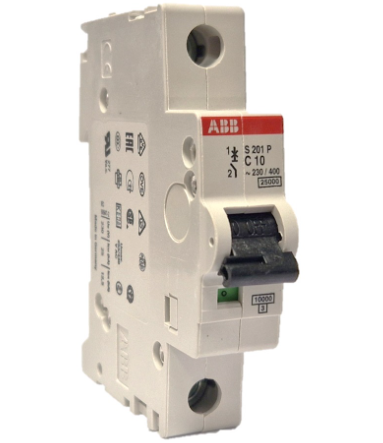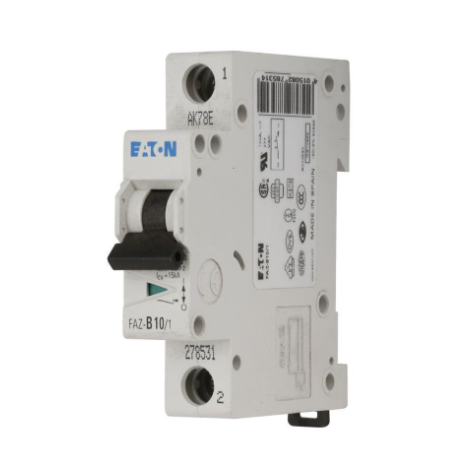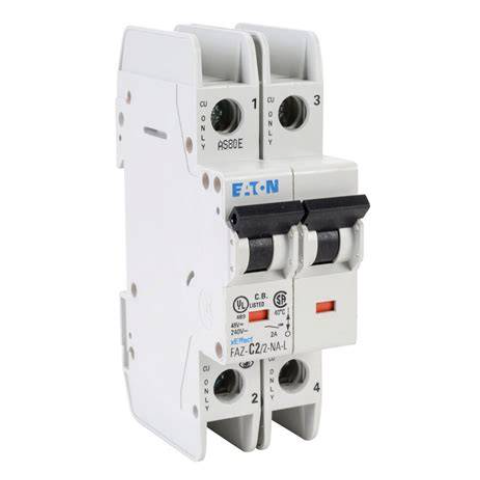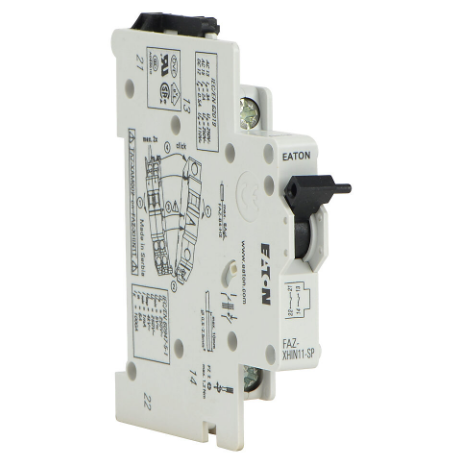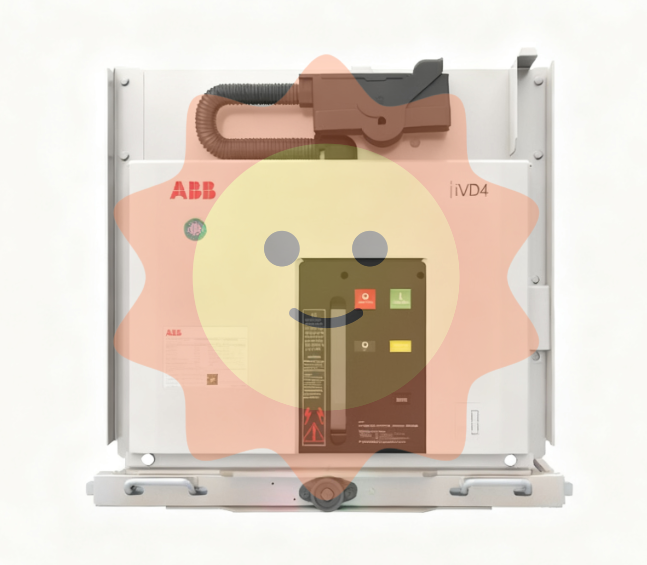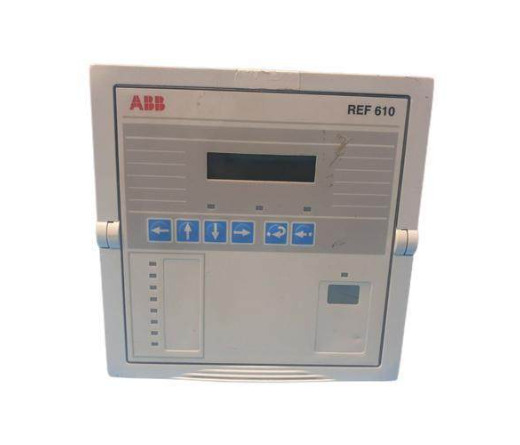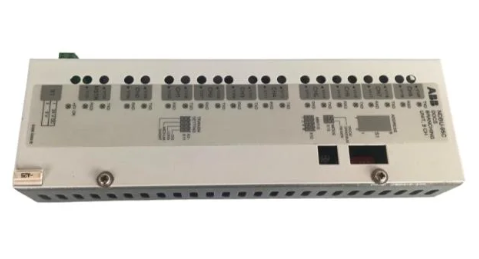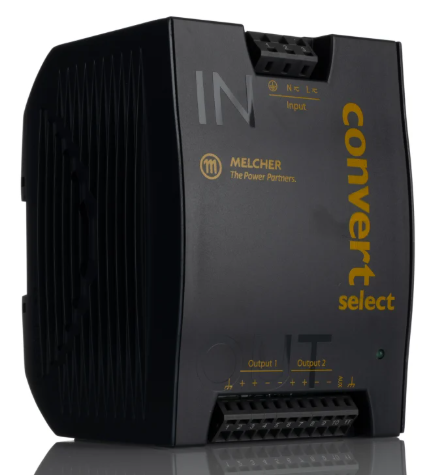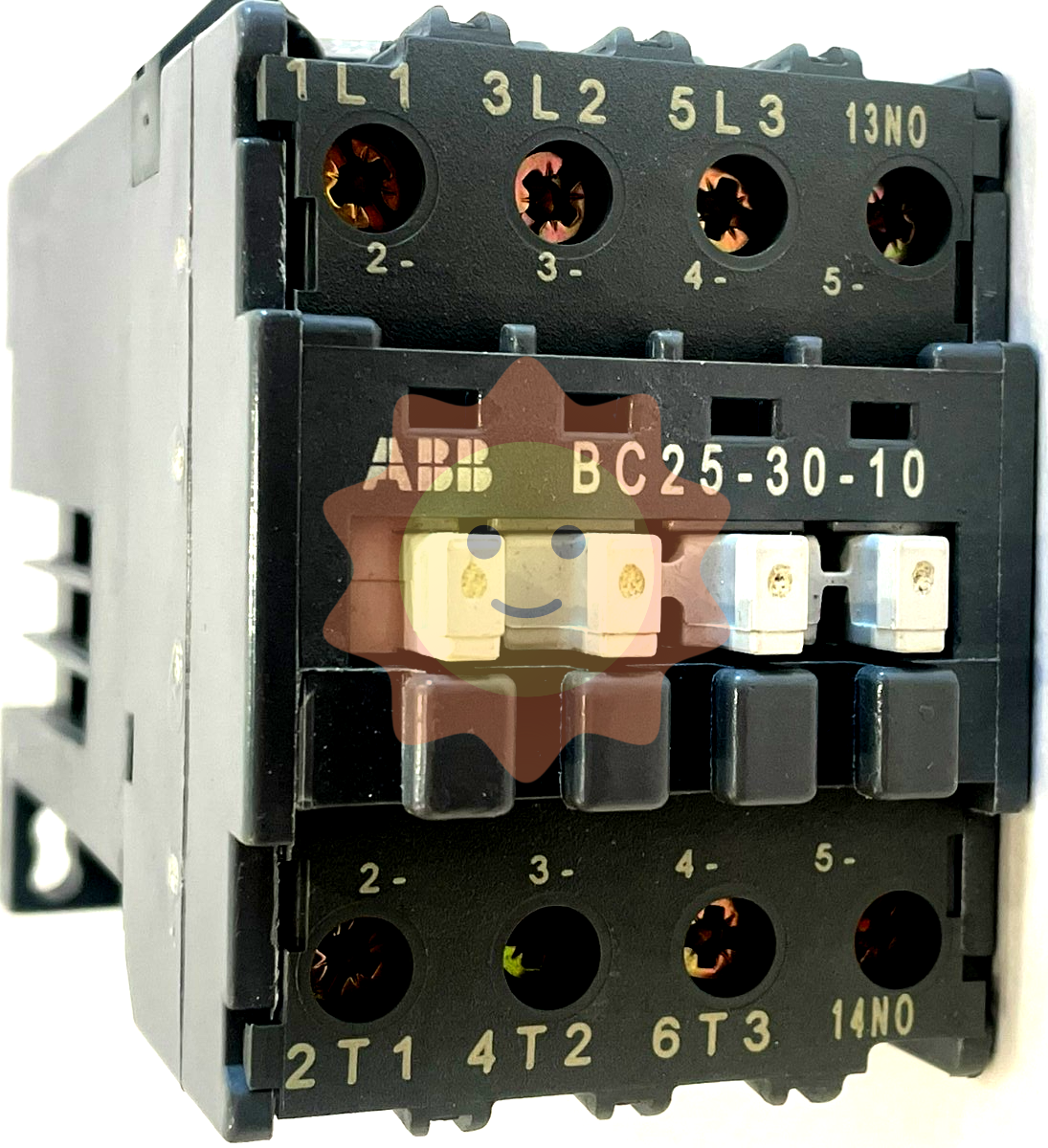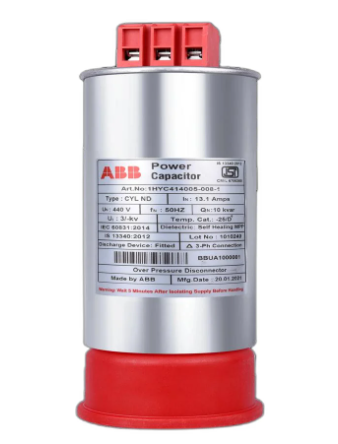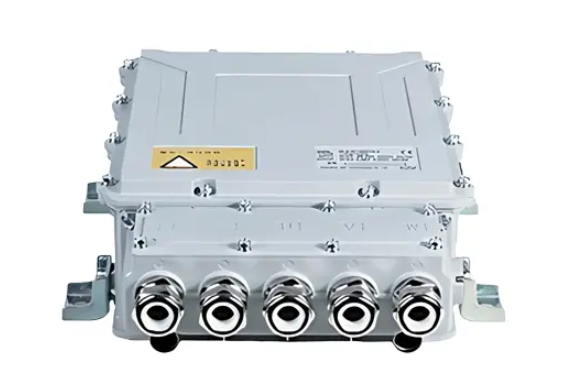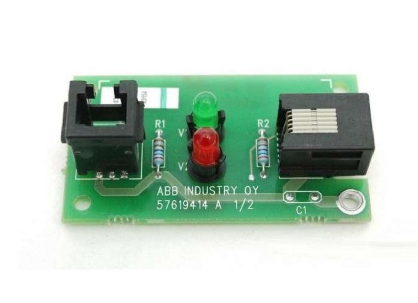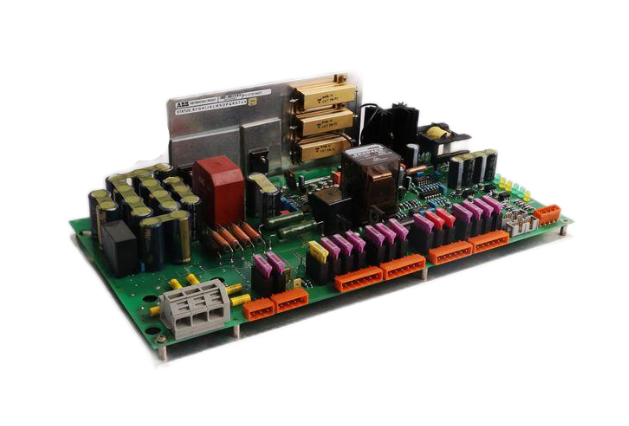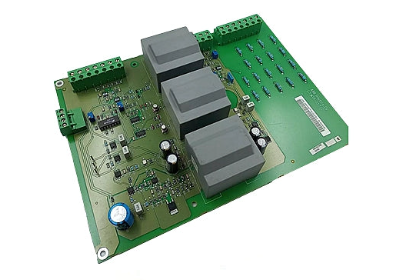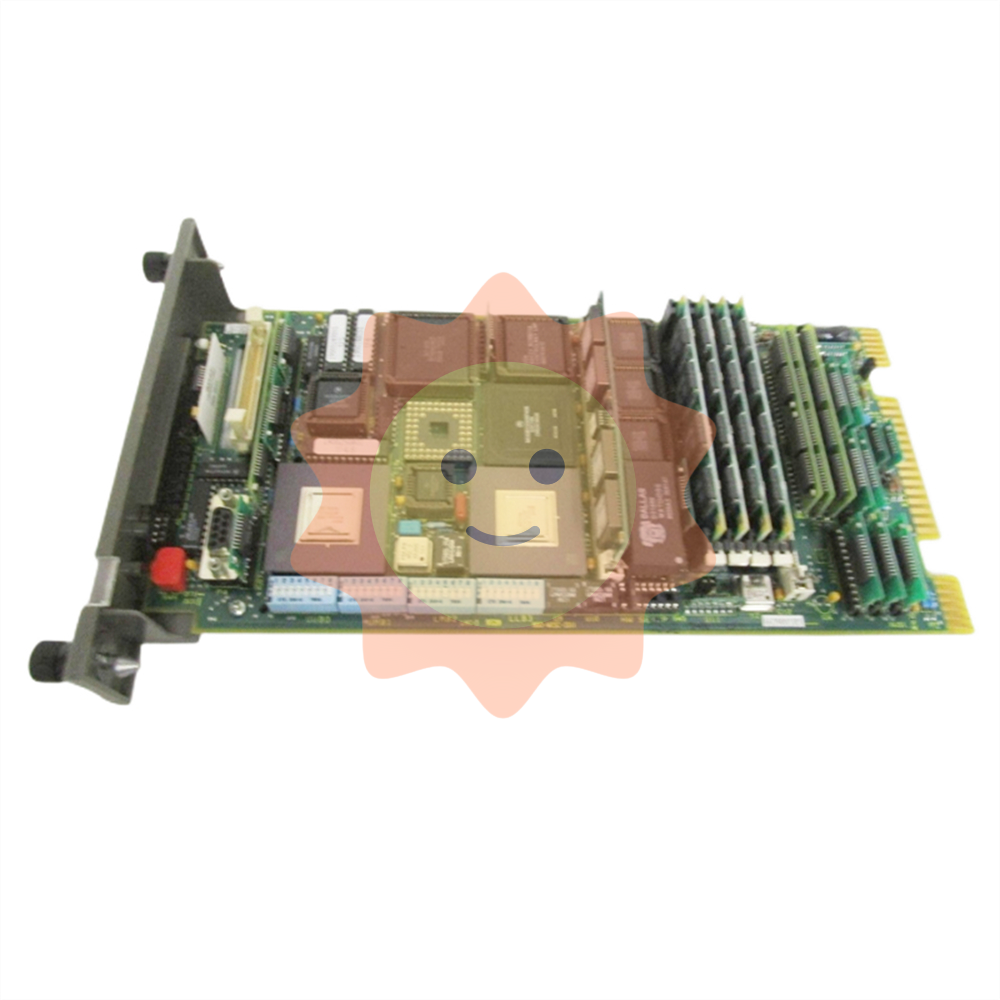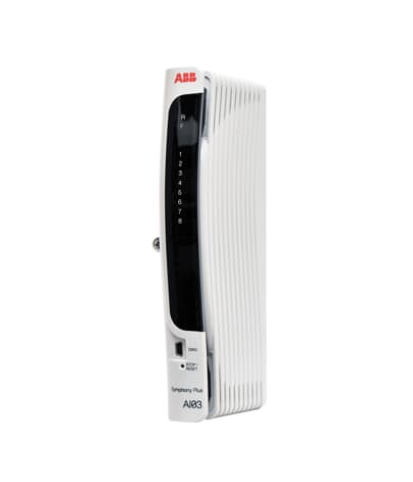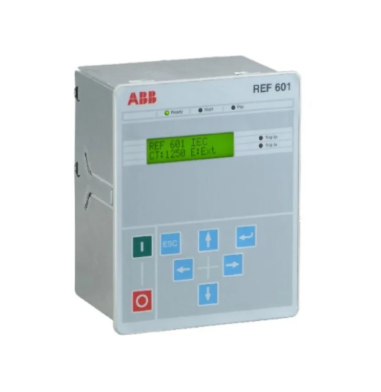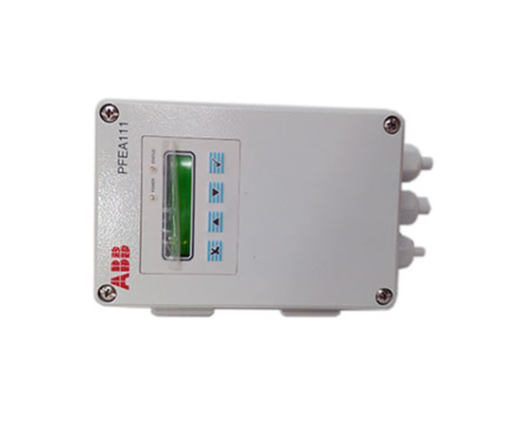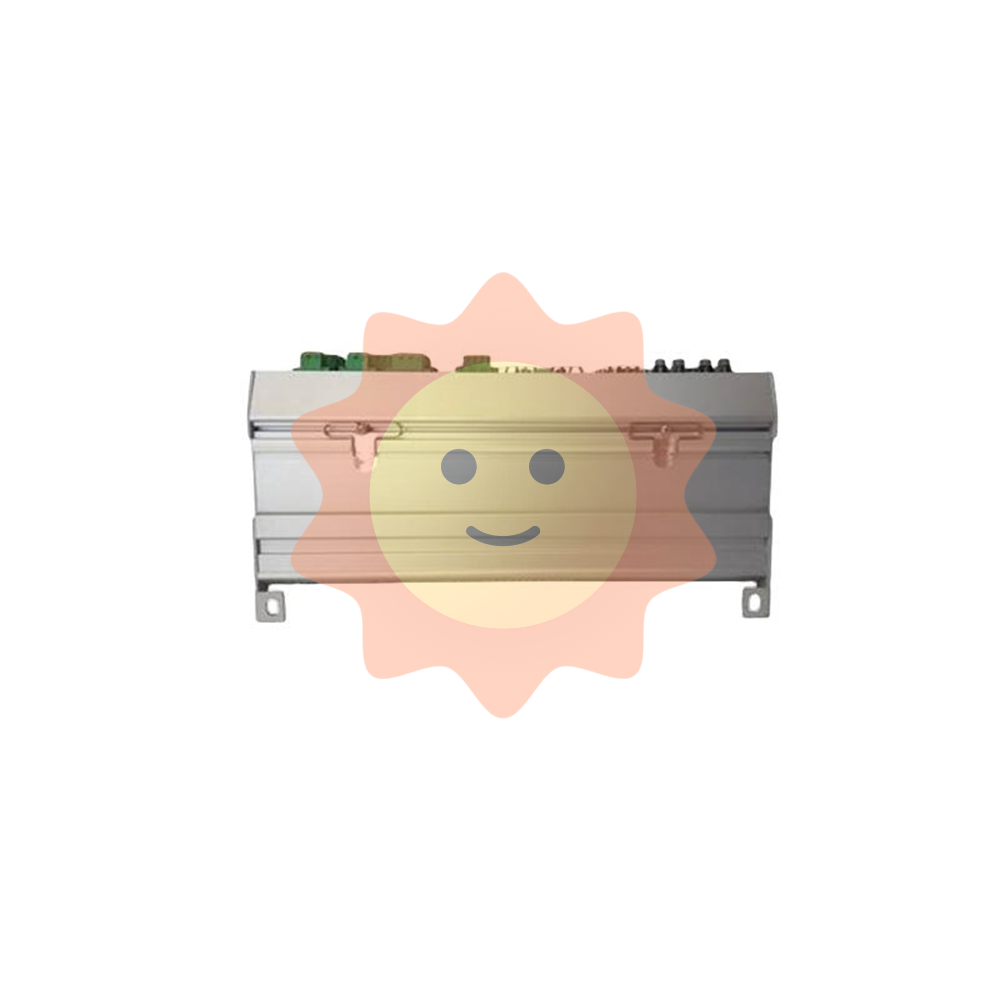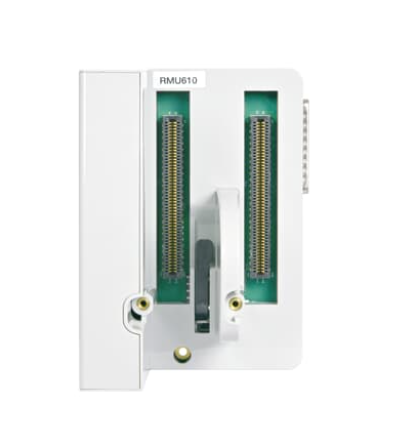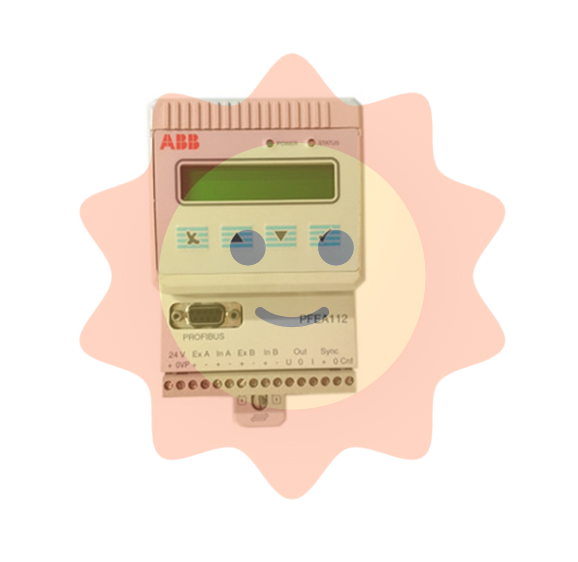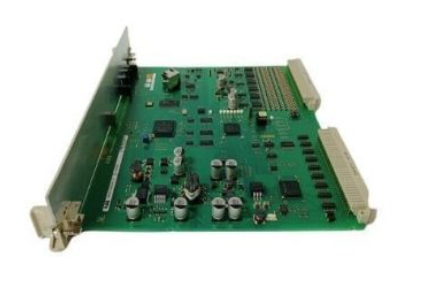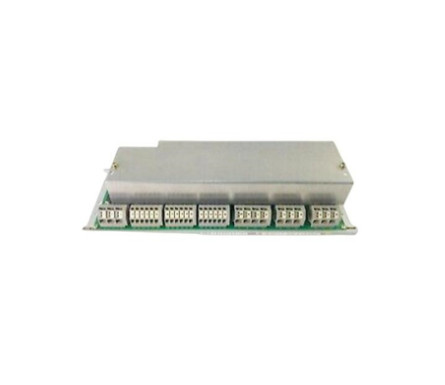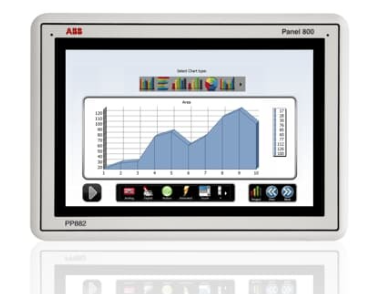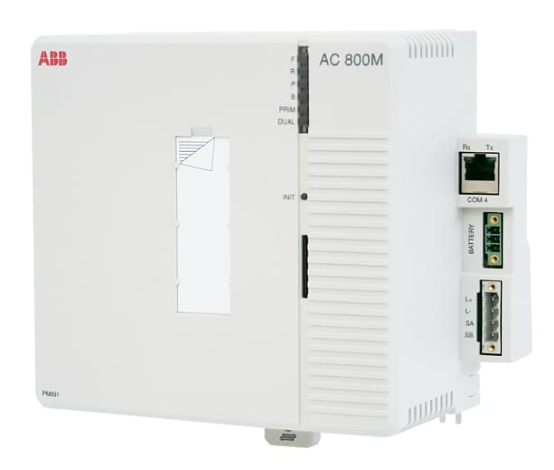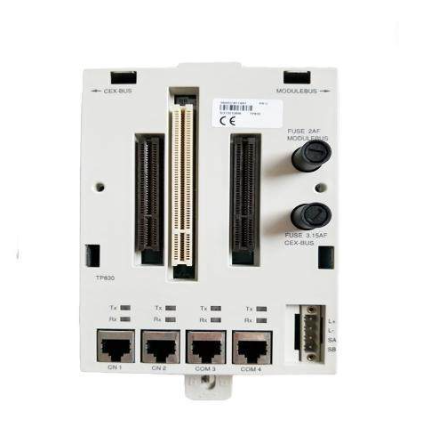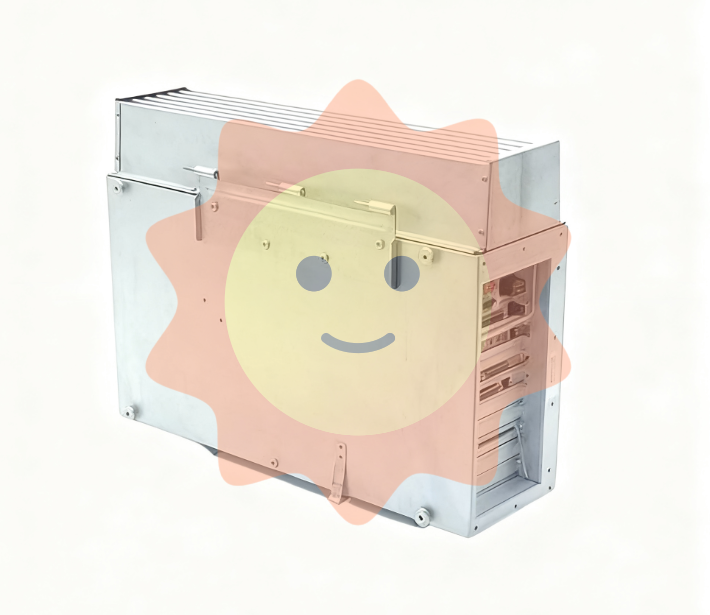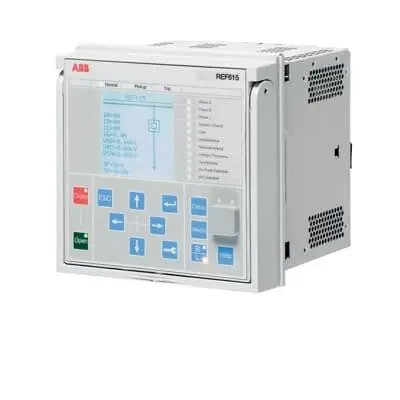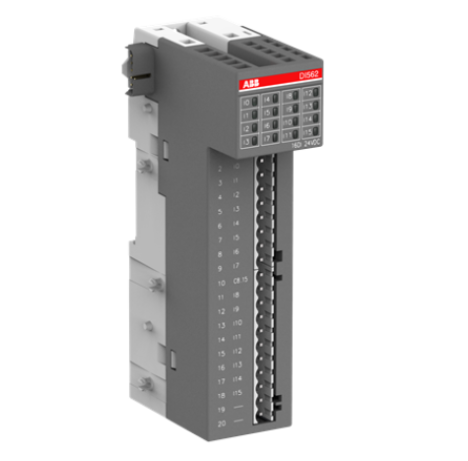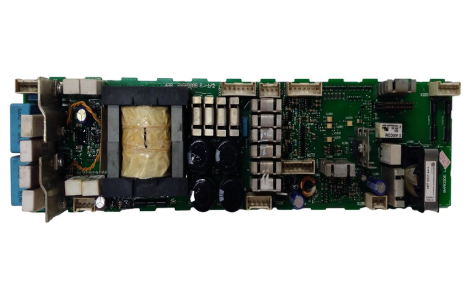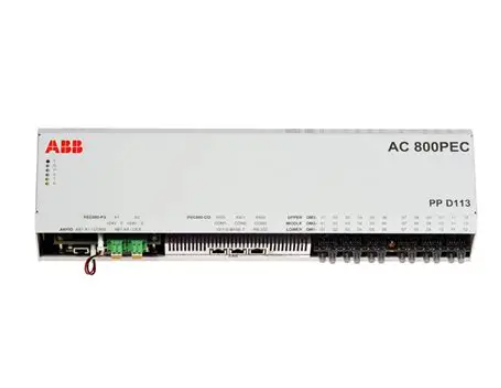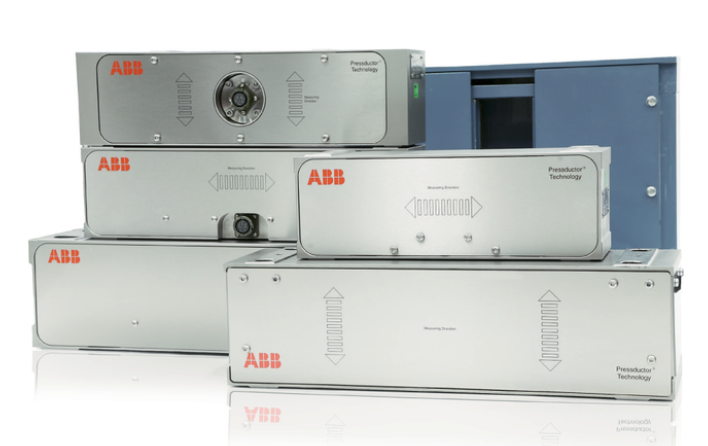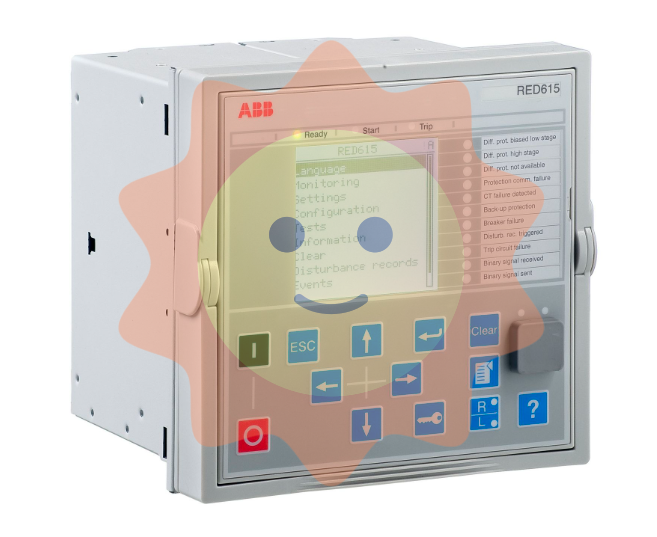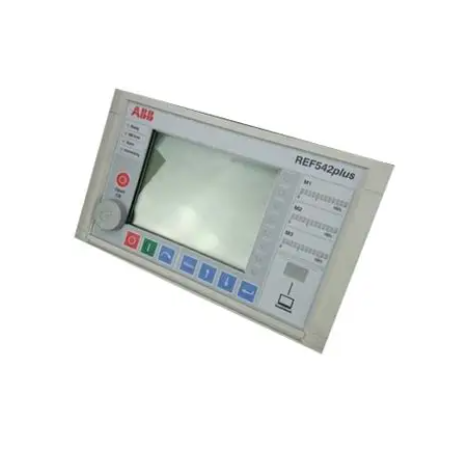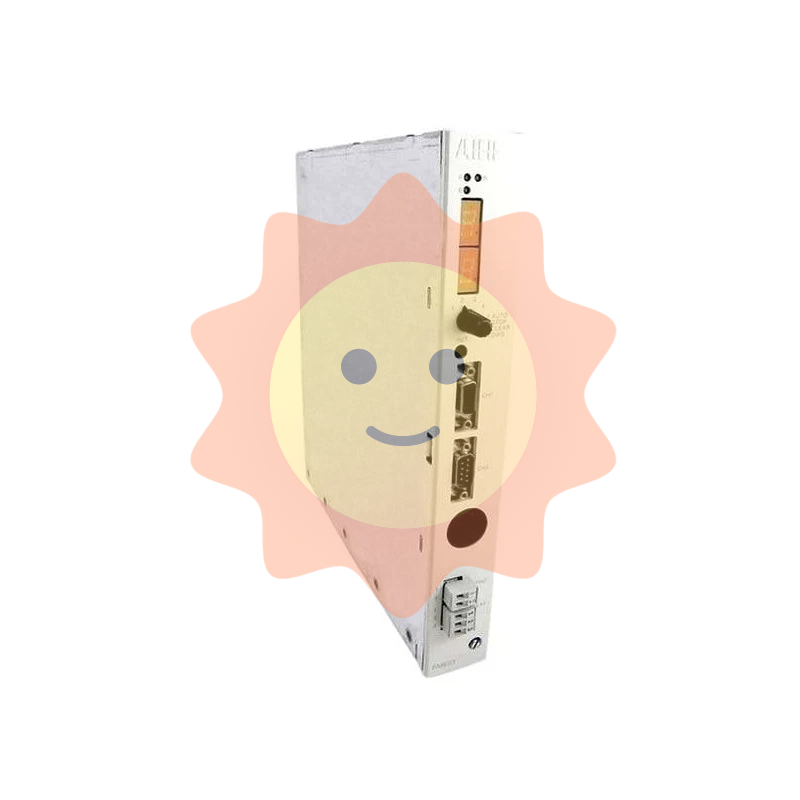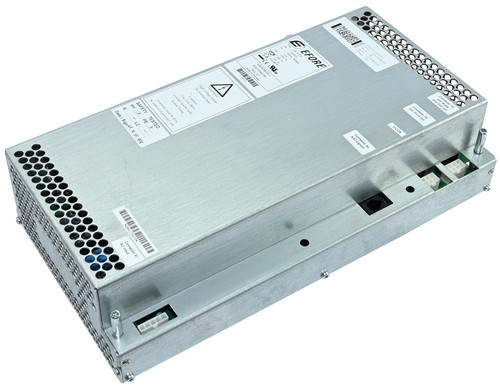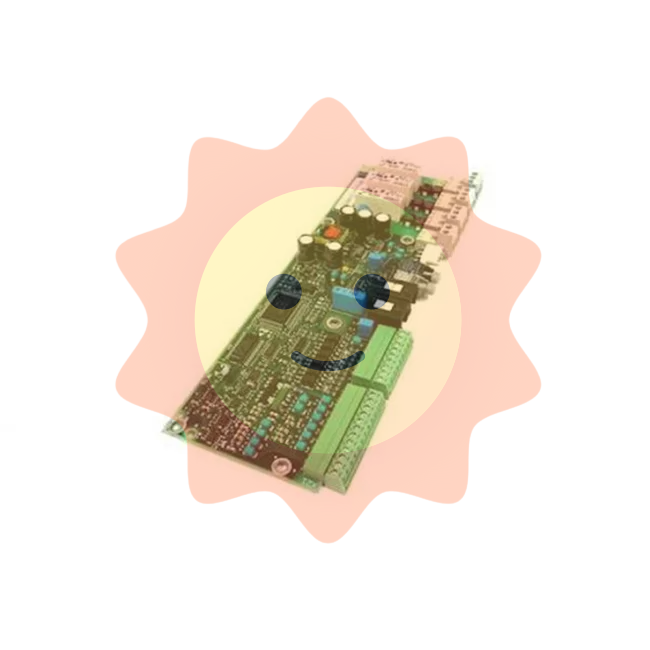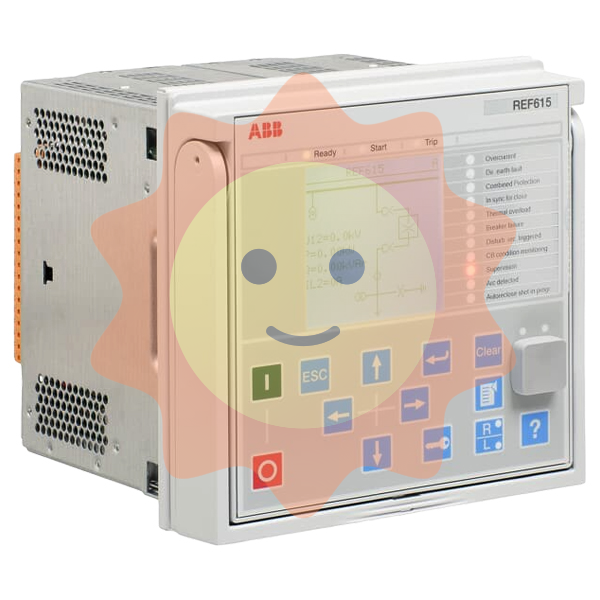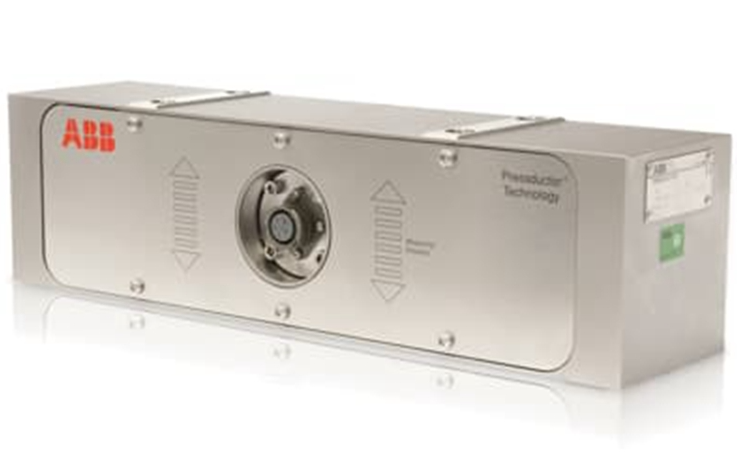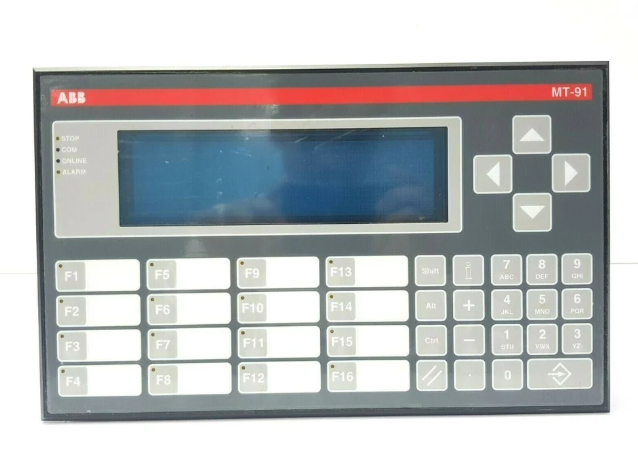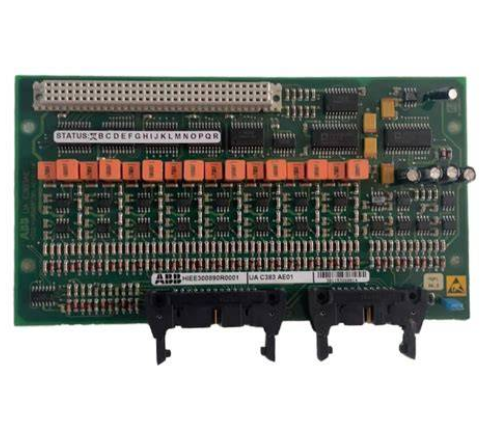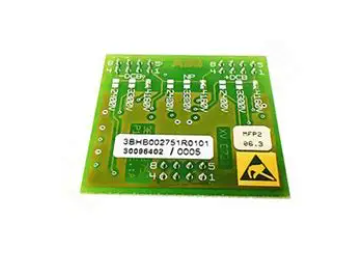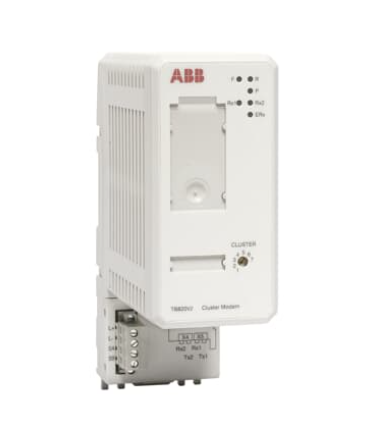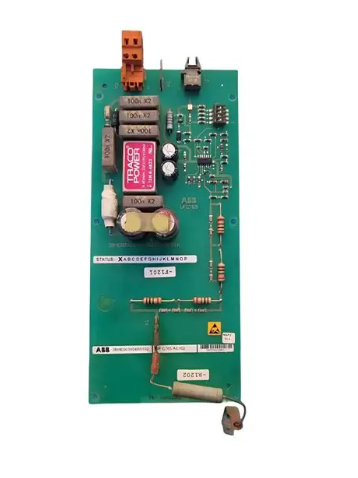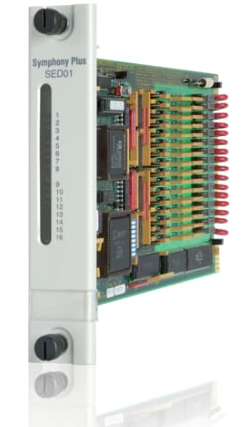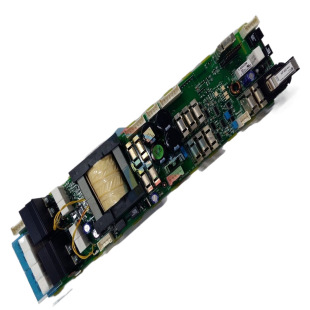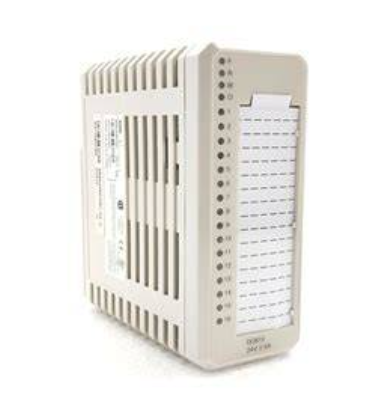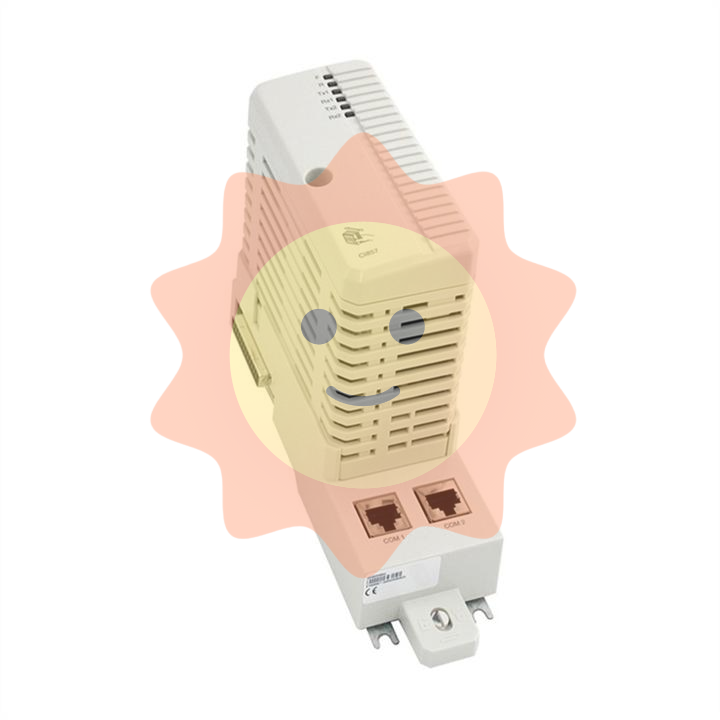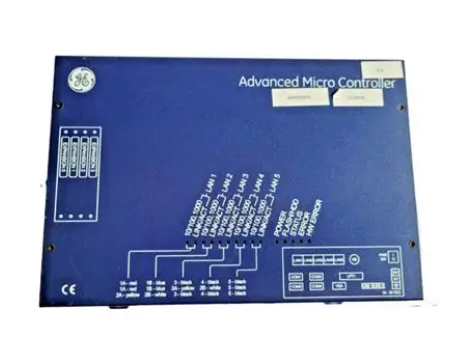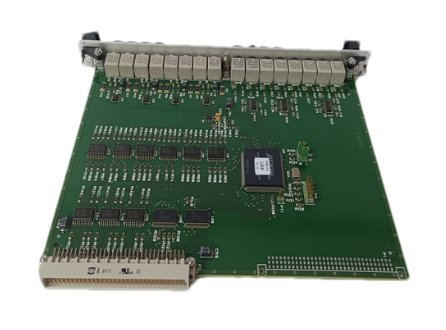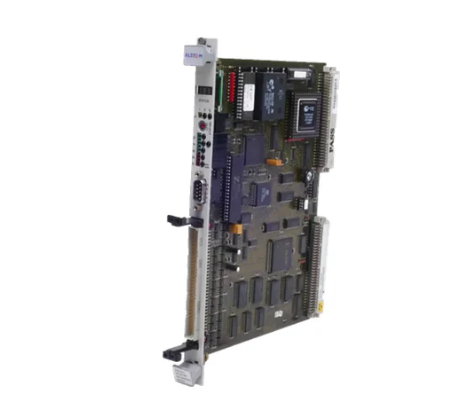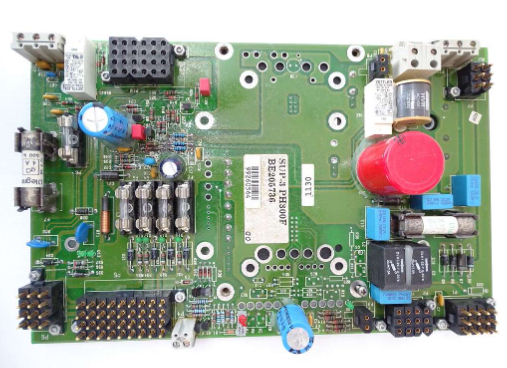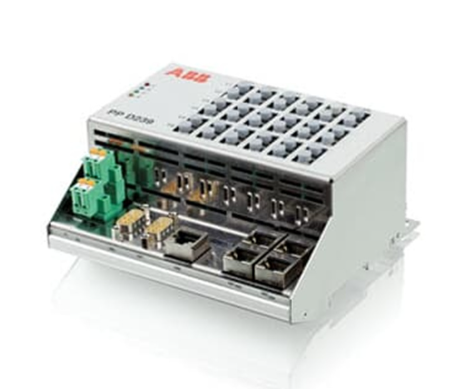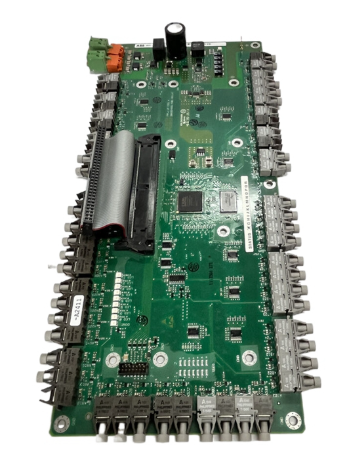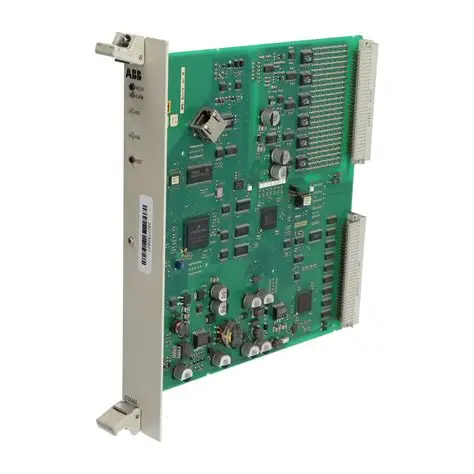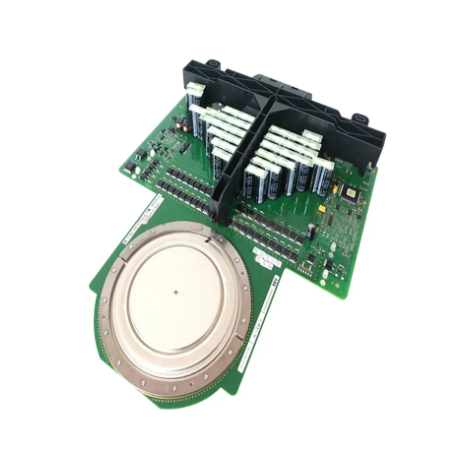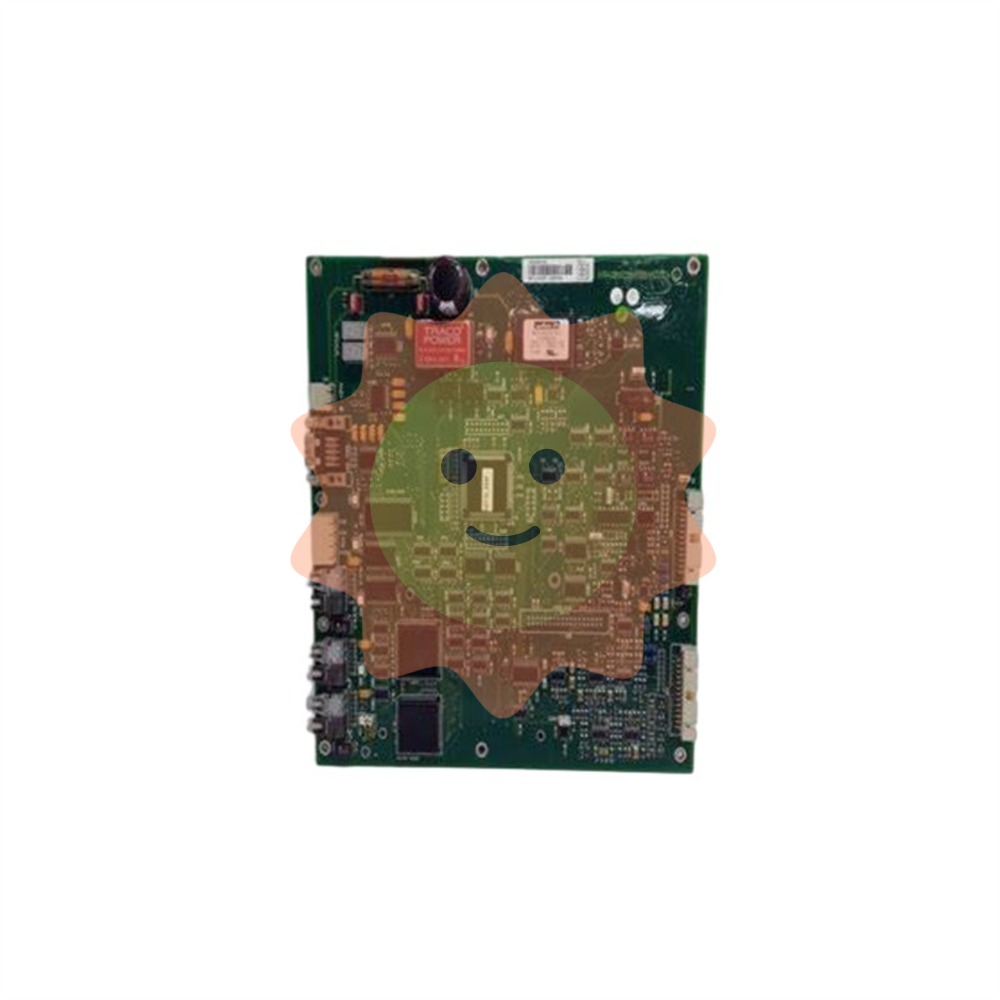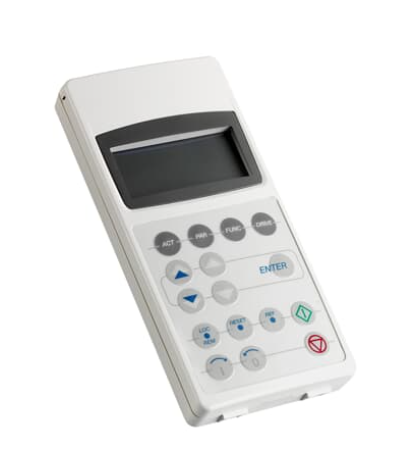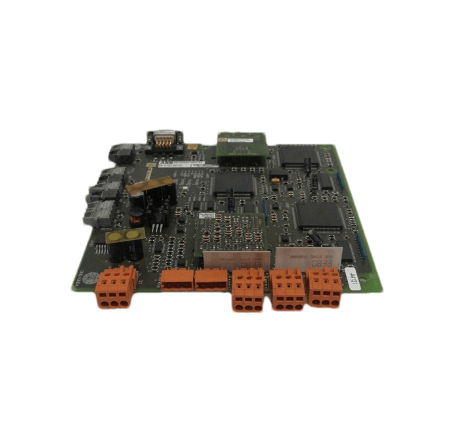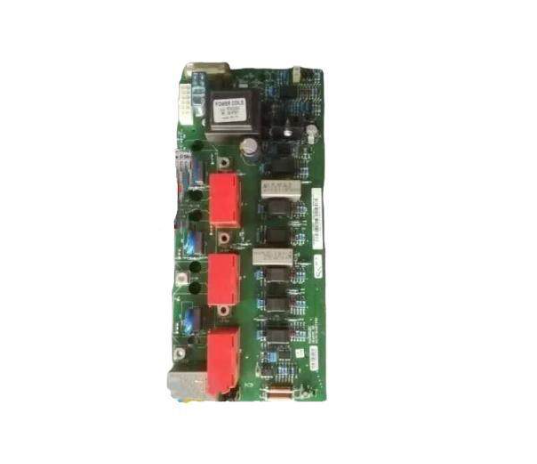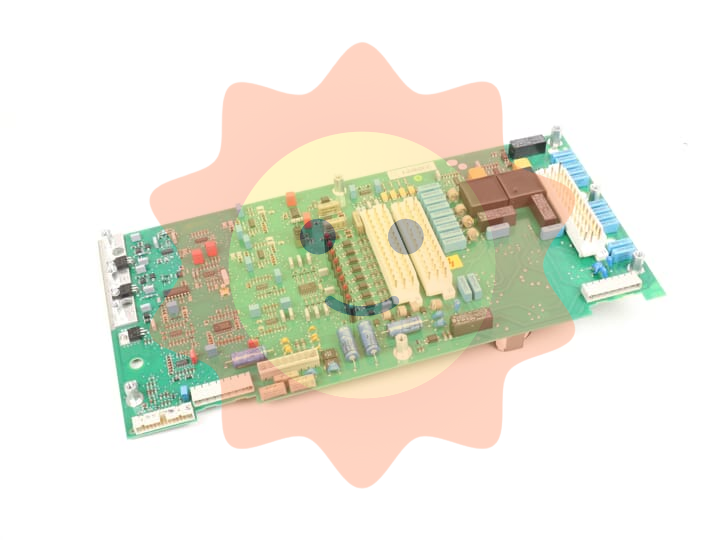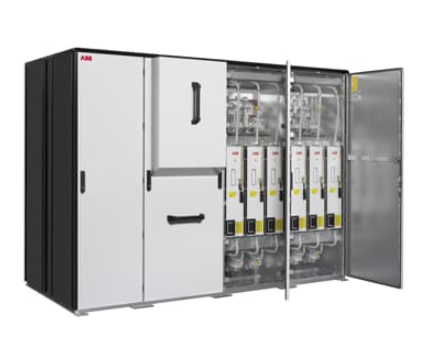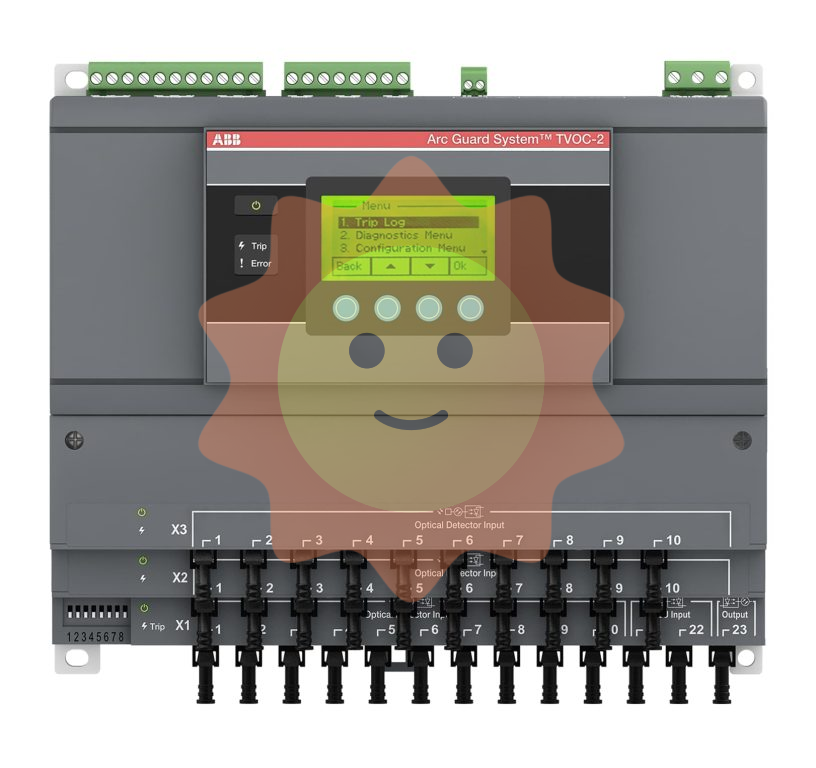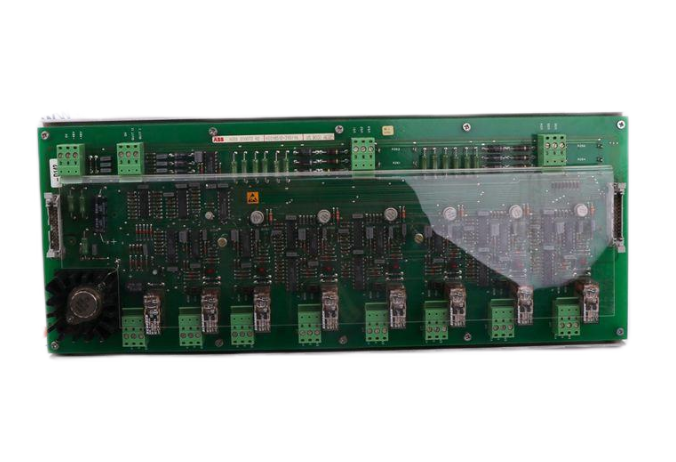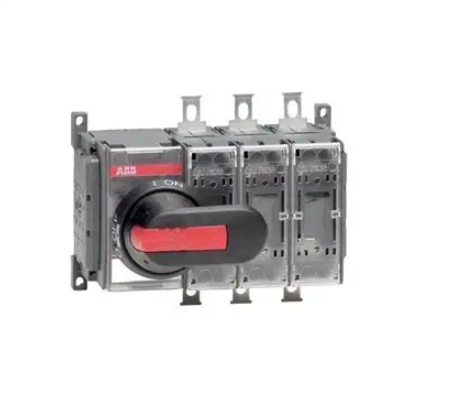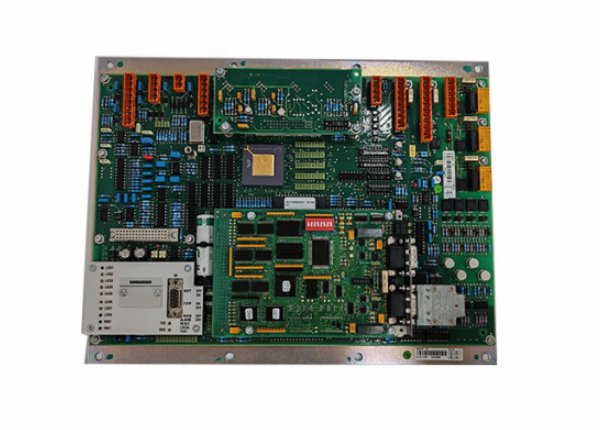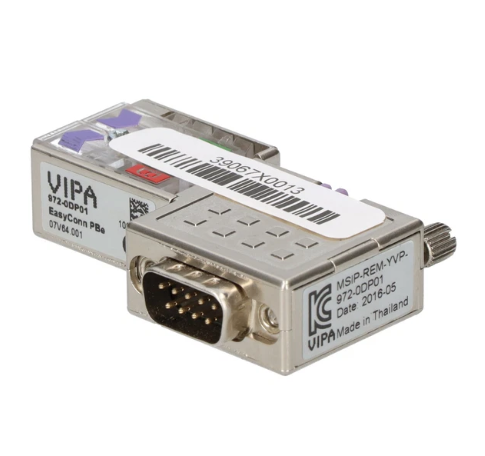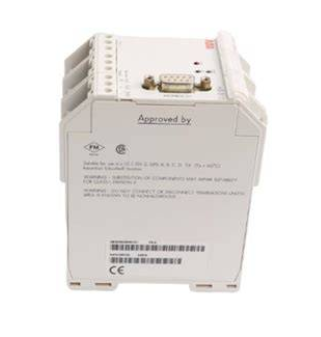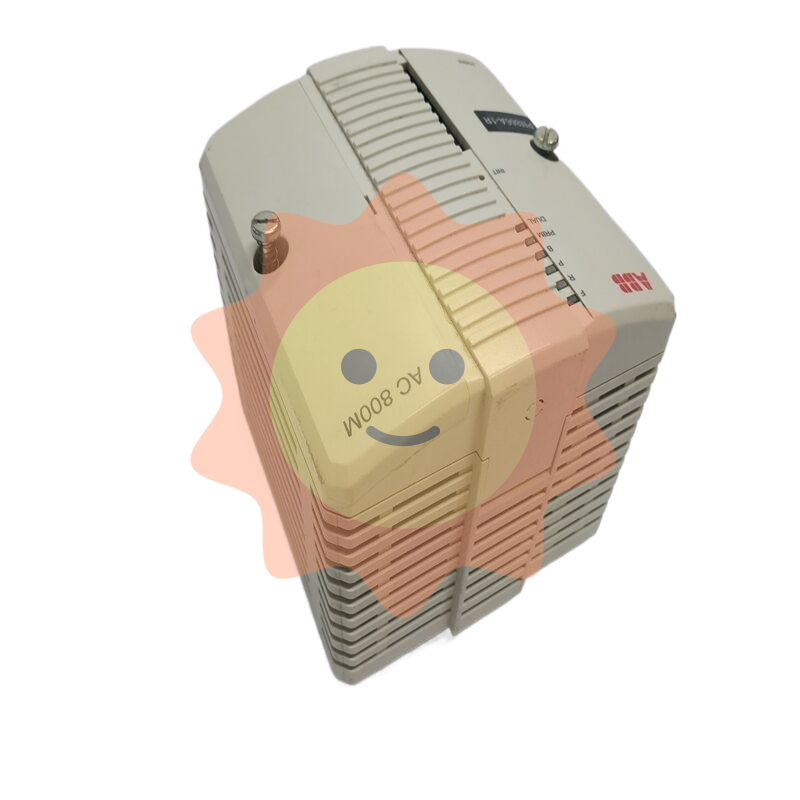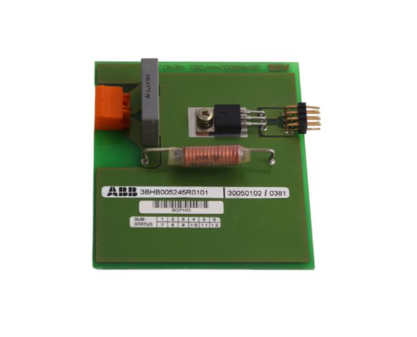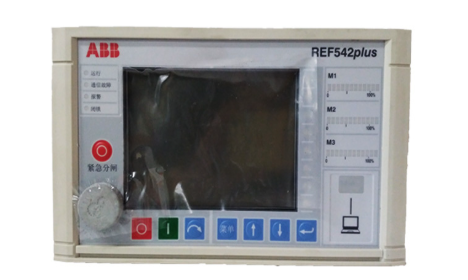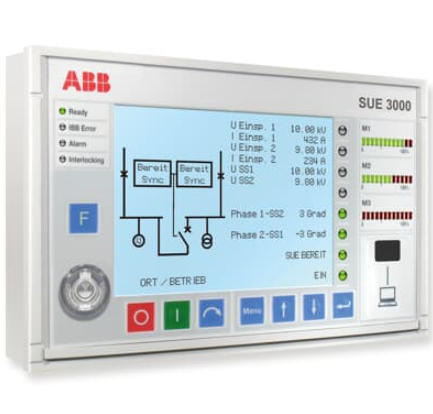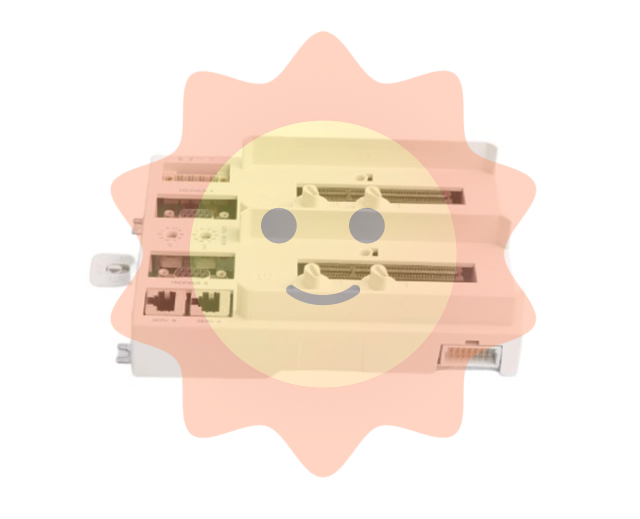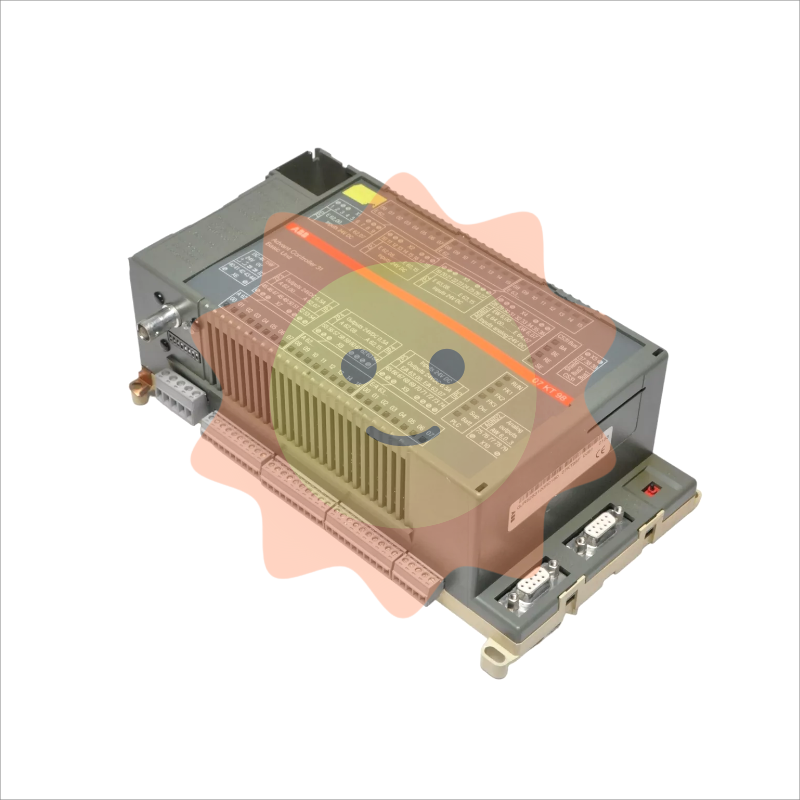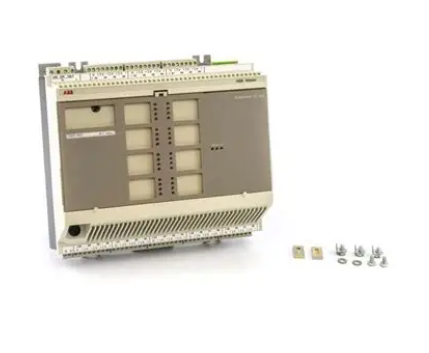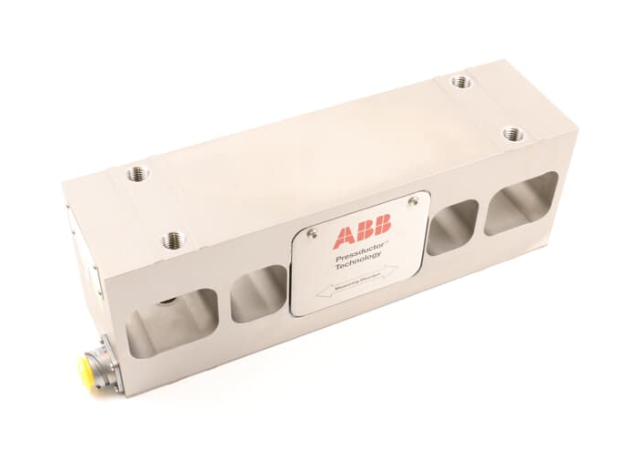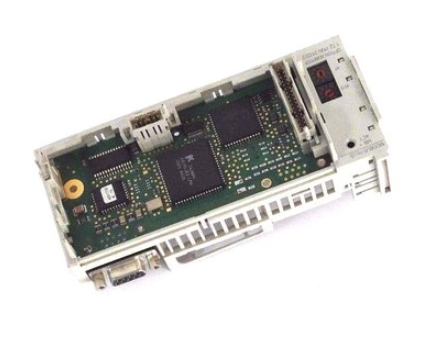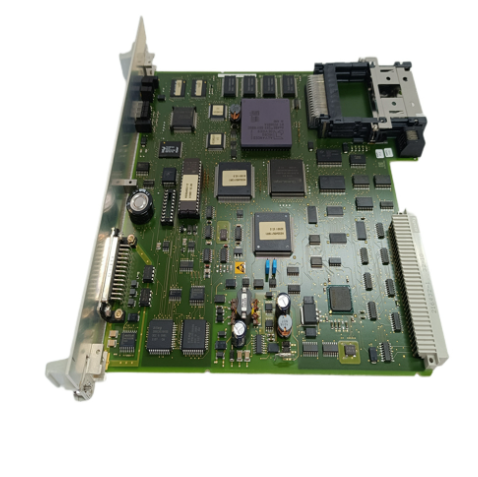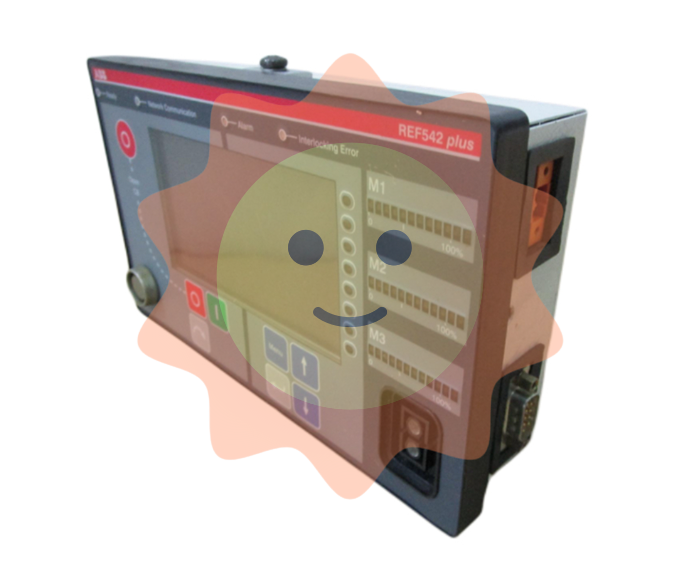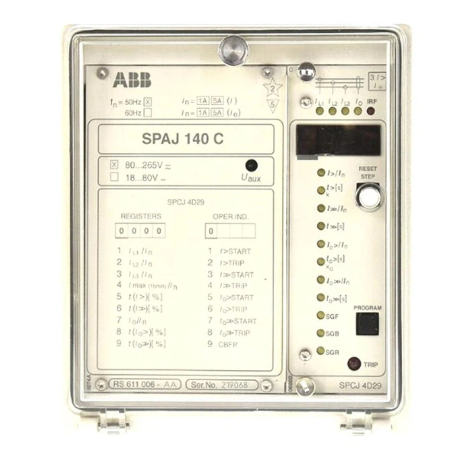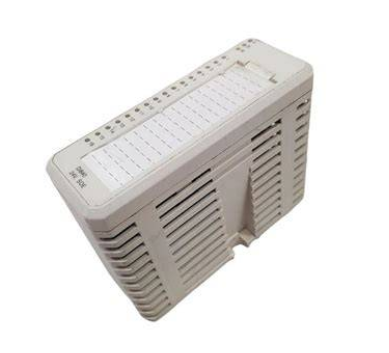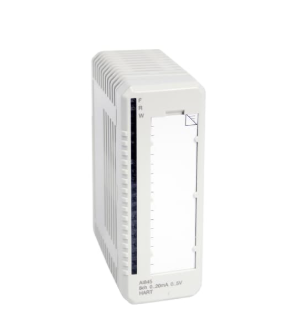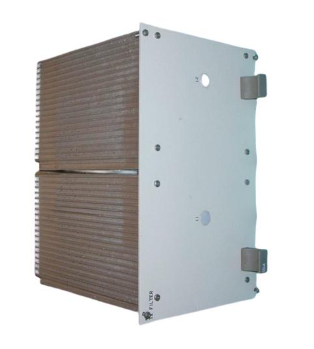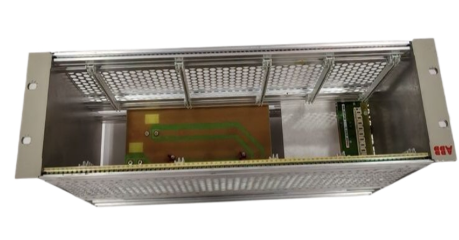Xycom 81625DA control board 81625
The processor analyzes and calculates data based on pre written control programs and algorithms to determine whether the current production status is normal and whether control adjustments are needed for the equipment. If control is required, the processor converts control instructions into corresponding electrical or digital signals through output channels, transmits them to the actuator, drives the actuator to act, and achieves control of industrial equipment.
At the same time, the control board interacts with other devices or the upper computer through communication interfaces for data exchange. On the one hand, the collected data and equipment operation status information are uploaded to the monitoring center or upper computer for real-time monitoring and data analysis by operators; On the other hand, it receives instructions and parameter settings from the upper computer or other devices, adjusts the working state and control strategy according to the instructions, and ensures the coordinated operation of the entire industrial automation system
Throughout the entire working process, the built-in fault diagnosis module of the control board monitors the working status of itself and connected devices in real time. Once an abnormality is detected, an alarm mechanism is immediately triggered to ensure the safe and stable operation of the system.
Key advantages
High reliability and stability: using industrial grade components and strict manufacturing processes, after multiple rigorous tests and verifications, it has excellent anti-interference ability and environmental adaptability. It can operate stably for a long time in harsh industrial environments such as high temperature, humidity, vibration, and strong electromagnetic interference, effectively reducing equipment failure rates and maintenance costs, and ensuring the continuity of industrial
Production.
Powerful functional integration: Highly integrated with various functions such as data acquisition, processing, control, and communication, it can meet the needs of complex industrial control scenarios without the need for additional modules, simplify system architecture, and reduce system costs and complexity.
Flexibility and Scalability: The rich input/output channels and communication interfaces, as well as the scalable hardware architecture, enable the control board to flexibly adapt to different industrial application scenarios and production needs. Users can easily add or replace functional modules such as data acquisition modules, communication modules, etc. according to their actual needs, to achieve system upgrades and expansions.
Easy to use and maintain: Provides standardized interfaces and communication protocols for easy connection and integration with other devices. The control board is equipped with status indicator lights, which can intuitively display the working status and fault information, making it easy for technicians to quickly locate and troubleshoot faults. In addition, comprehensive technical documentation and development tools enable engineers to quickly get started with programming and debugging work.
Precautions
Installation environment: The control board should be installed in a dry, well ventilated, and dust-free environment, avoiding installation in places with corrosive gases, large amounts of dust or water vapor, and preventing electronic components from being corroded or damaged. The installation location should ensure good heat dissipation conditions to avoid affecting the performance and lifespan of the control board due to high temperature.
Wiring operation: When wiring the control board, it is necessary to ensure that the equipment is in a power-off state and strictly follow the wiring diagram and instructions to avoid damage to the control board or system failure caused by wiring errors. For analog signals, shielded cables should be used for connection and grounding treatment should be done to reduce signal interference.
Static protection: When installing, disassembling, or maintaining the control board, operators must wear protective equipment such as anti-static wristbands to avoid damage to the precision electronic components on the control board caused by human static electricity. Try to avoid direct contact with electronic components and circuits during the operation process.
Software management: Regularly update and maintain the software system of the control board, promptly fix vulnerabilities and optimize performance. When performing software operations such as program downloads and parameter settings, it is necessary to follow the steps in the operation manual to avoid program errors or system failures caused by improper operation. At the same time, do a good job in data backup to prevent data loss.

- EMERSON
- Honeywell
- CTI
- Rolls-Royce
- General Electric
- Woodward
- Yaskawa
- xYCOM
- Motorola
- Siemens
- Rockwell
- ABB
- B&R
- HIMA
- Construction site
- electricity
- Automobile market
- PLC
- DCS
- Motor drivers
- VSD
- Implications
- cement
- CO2
- CEM
- methane
- Artificial intelligence
- Titanic
- Solar energy
- Hydrogen fuel cell
- Hydrogen and fuel cells
- Hydrogen and oxygen fuel cells
- tyre
- Chemical fiber
- dynamo
- corpuscle
- Pulp and paper
- printing
- fossil
- FANUC
- Food and beverage
- Life science
- Sewage treatment
- Personal care
- electricity
- boats
- infrastructure
- Automobile industry
- metallurgy
- Nuclear power generation
- Geothermal power generation
- Water and wastewater
- Infrastructure construction
- Mine hazard
- steel
- papermaking
- Natural gas industry
- Infrastructure construction
- Power and energy
- Rubber and plastic
- Renewable energy
- pharmacy
- mining
- Plastic industry
- Schneider
- Kongsberg
- NI
- Wind energy
- International petroleum
- International new energy network
- gas
- WATLOW
- ProSoft
- SEW
- wind
- ADVANCED
- Reliance
- YOKOGAWA
- TRICONEX
- FOXBORO
- METSO
- MAN
- Advantest
- ADVANCED
- ALSTOM
- Control Wave
- AB
- AMAT
- STUDER
- KONGSBERG
- MOTOROLA
- DANAHER MOTION
- Bently
- Galil
- EATON
- MOLEX
- Triconex
- DEIF
- B&W
- ZYGO
- Aerotech
- DANFOSS
- KOLLMORGEN
- Beijer
- Endress+Hauser
- MOOG
- KB
- Moxa
- Rexroth
- YAMAHA
- Johnson


Email:wang@kongjiangauto.com

